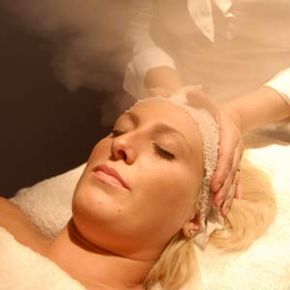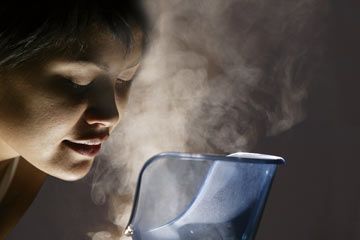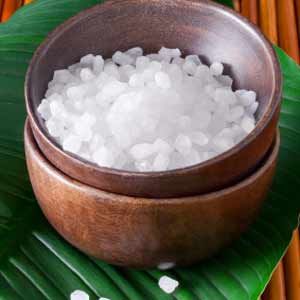The ancient Greeks and Romans harnessed steam for health and beauty much the same way we do today. At about 110 degrees Fahrenheit (43 degrees Celsius), the temperatures employed in steam treatments are enough to make you sweat -- perhaps the only time perspiration might be even a little pleasant. If you've ever been in a steam room or hot tub, you know the feeling of warmth enveloping you and steering you toward relaxation. The steam works its magic on your skin, adding moisture and helping to cleanse your body's largest organ of impurities.
Steaming is often done during a spa facial, which may be a treat if you have the time and money for it, but you don't have to wait for a spa session. You can still get the benefits of steaming by concentrating on your face. It's one of the simplest, most inexpensive facial treatments you can do at home. If you have minutes to spare, you can reap some great benefits for your skin with some warm water, a pot or bowl and a towel. Of course, you can get fancier by adding extra ingredients, but there's no need to.
Advertisement
Among other potential benefits, facial steaming might help control or reduce acne breakouts in some instances. It can also boost circulation and draw blood to the surface of the skin, giving your face a warm, healthy glow.
On the next pages you will learn more fully the benefits of facial steaming and the best way to proceed so that you can cleanse and beautify without harming your skin.
Advertisement



